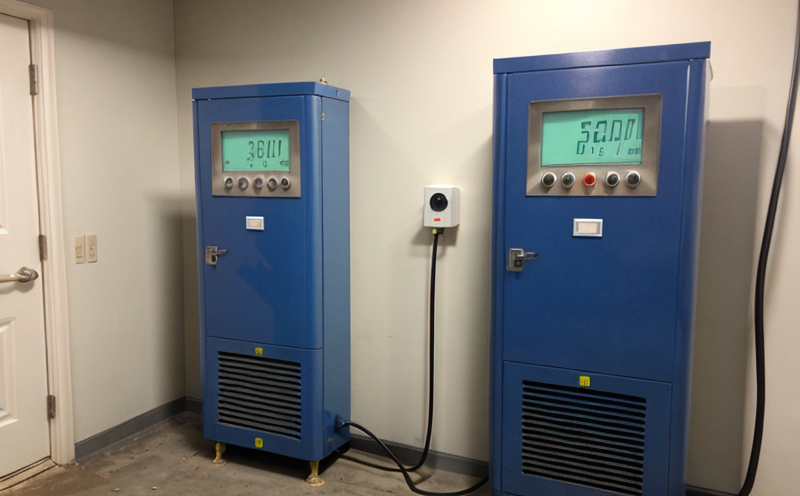EN 14181 Continuous Emission Monitoring Systems Quality Assurance Testing
The European Standard EN 14181 sets forth the requirements and methods for the quality assurance of continuous emission monitoring systems (CEMS) in various industrial sectors, including mining. This standard ensures that CEMs are reliable, accurate, and compliant with regulatory requirements. In the mining sector, where environmental regulations are stringent due to the potential for significant pollution from mining activities, adherence to EN 14181 is crucial.
The primary focus of this service involves testing continuous emission monitoring systems used in mines to monitor gases such as sulfur dioxide (SO₂), nitrogen oxides (NOₓ), particulate matter (PM), and other pollutants. This ensures that the mine complies with local, national, and international emissions regulations, thereby protecting both the environment and public health.
The testing process involves several key steps:
- Calibration of monitoring instruments
- Validation of measurement accuracy
- Demonstration of system stability over time
- Evaluation of response to known concentrations of pollutants
- Verification of data logging and reporting capabilities
- Testing under various environmental conditions (temperature, humidity, altitude)
The testing process is conducted using state-of-the-art equipment designed to meet the stringent requirements of EN 14181. Our team of experts ensures that all tests are performed in accordance with international standards such as ISO and ASTM. This guarantees accuracy and reliability in our test results, which are essential for maintaining compliance.
For quality assurance testing under this standard, we employ a comprehensive approach that includes:
- Initial setup and calibration checks
- Continuous monitoring during operation
- Regular maintenance intervals to ensure long-term accuracy
- Data analysis using statistical methods to identify trends and potential issues
- Detailed reporting with recommendations for improvement where necessary
The importance of this testing cannot be overstated. Regulatory bodies are increasingly demanding more stringent compliance measures to protect the environment and public health. By adhering to EN 14181, mines can ensure they meet these requirements while also enhancing their reputation as responsible corporate citizens.
Benefits
Complying with EN 14181 offers numerous benefits to mining companies:
- Enhanced Compliance: Ensures that monitoring systems meet regulatory requirements, reducing the risk of penalties and fines.
- Improved Environmental Performance: Provides accurate data on emissions, enabling mines to take proactive measures to reduce pollution.
- Potential Cost Savings: By identifying inefficiencies early, companies can implement corrective actions that may save money in the long run.
- Reputation Enhancement: Demonstrating commitment to environmental responsibility can improve a company's image and attract more investors.
- Innovation Support: The detailed testing process can provide valuable insights for R&D initiatives aimed at improving monitoring technology.
Quality and Reliability Assurance
The reliability and accuracy of continuous emission monitoring systems are paramount for ensuring compliance with environmental regulations. Our service focuses on several key aspects to ensure that the testing meets stringent standards:
- Data Accuracy: We validate the accuracy of data provided by CEMS through rigorous calibration and validation procedures.
- System Stability: We test the stability of the system over time, ensuring consistent performance under varying conditions.
- Response Time: The speed at which the monitoring system responds to changes in emissions is critical for timely interventions.
- Data Integrity: Ensuring that data logs are complete and accurate is vital for regulatory compliance.
- Error Detection: We employ advanced diagnostic tools to identify and rectify any potential errors or inconsistencies.
International Acceptance and Recognition
The European Standard EN 14181 for continuous emission monitoring systems is widely recognized and accepted internationally. This standard has been adopted by numerous countries to ensure uniformity in the testing and calibration of such systems.
- Regulatory Compliance: Many regions, including parts of North America and Asia, have incorporated EN 14181 into their national standards for monitoring industrial emissions.
- Global Certification: Adherence to this standard can lead to global certification, which is valuable for international mining operations.
- Enhanced Reputation: Compliance with globally recognized standards enhances a company’s reputation in the international market.





